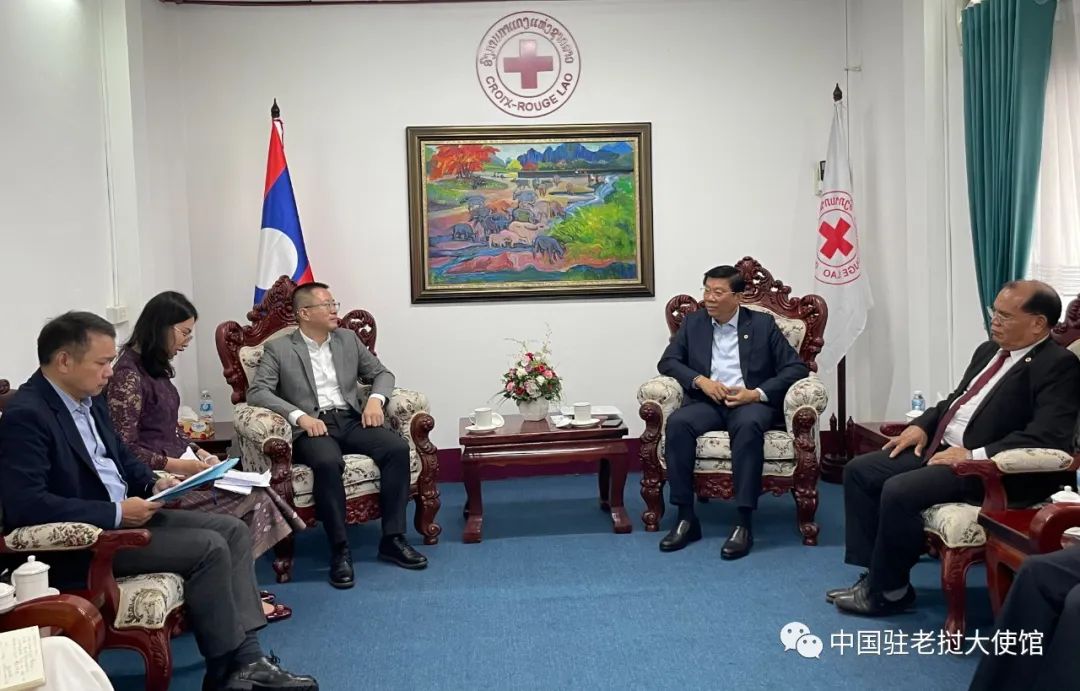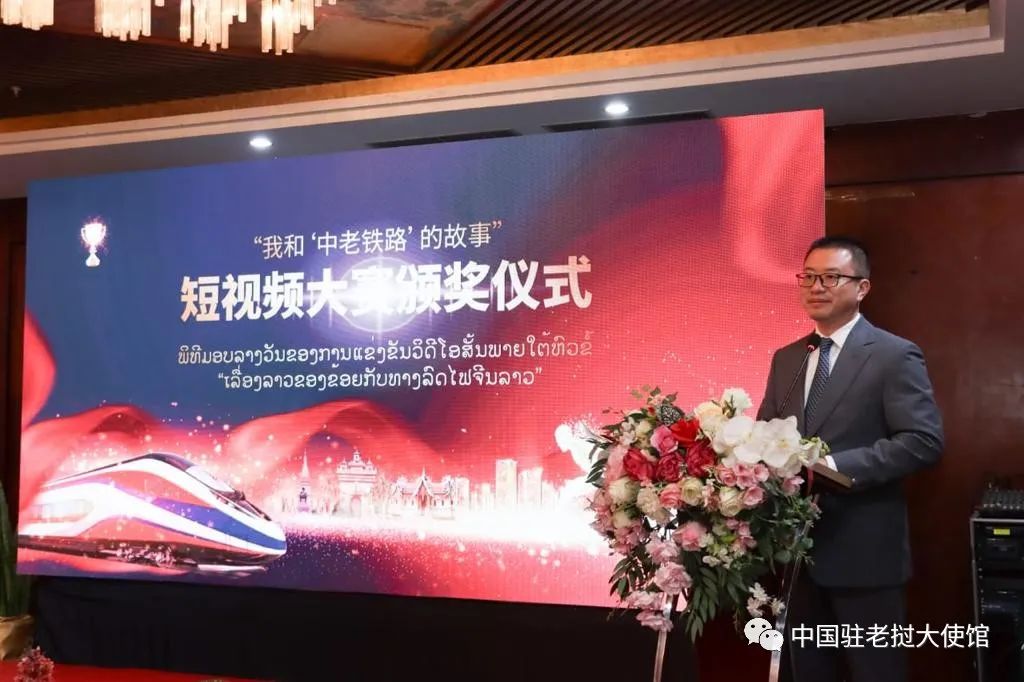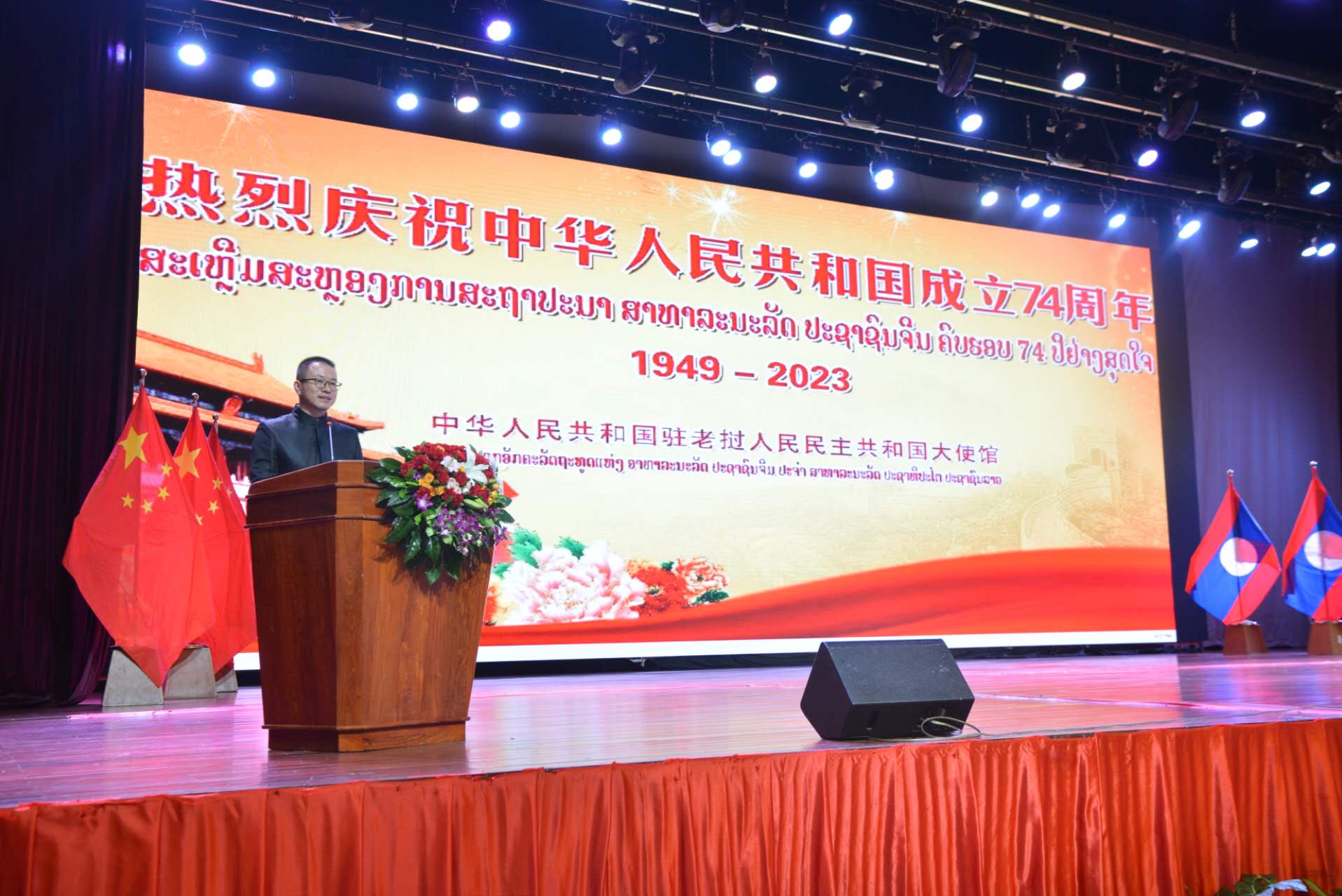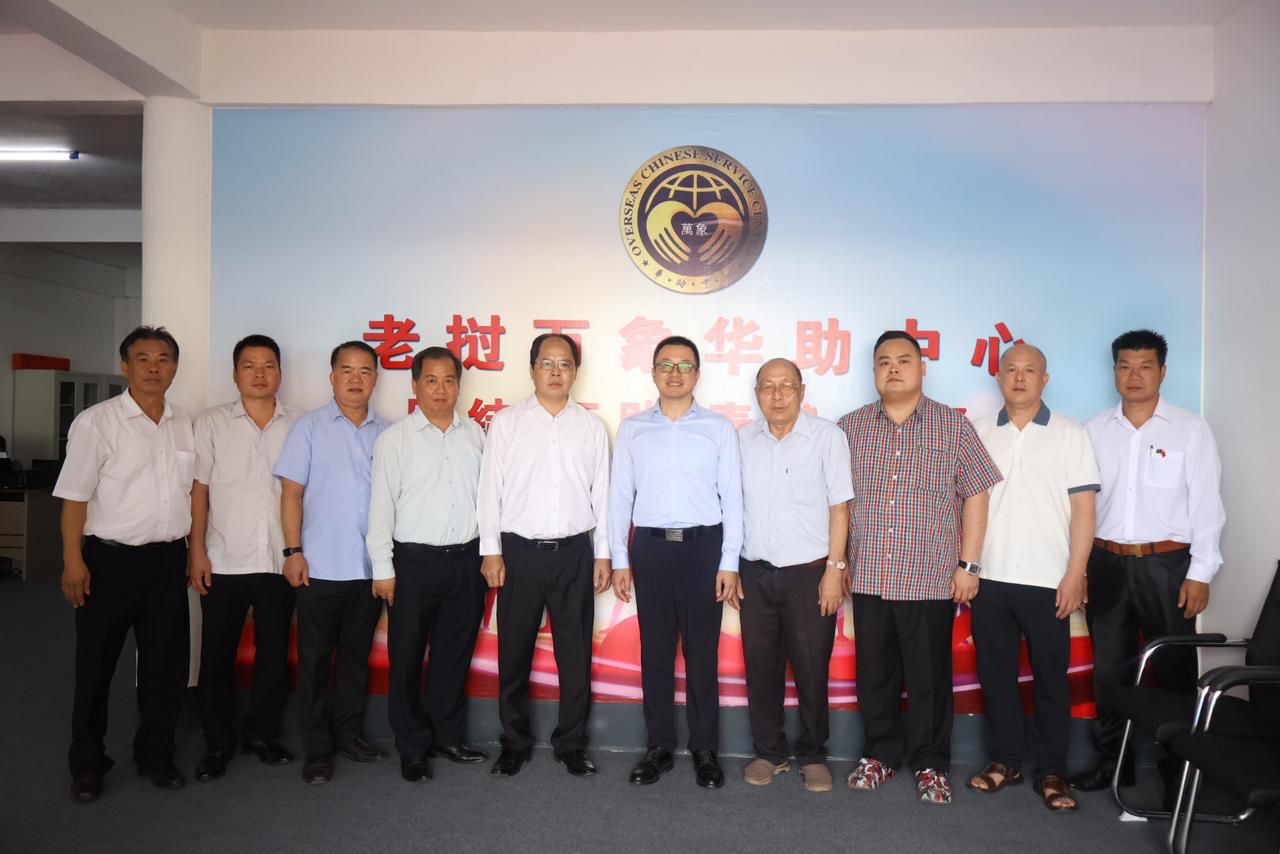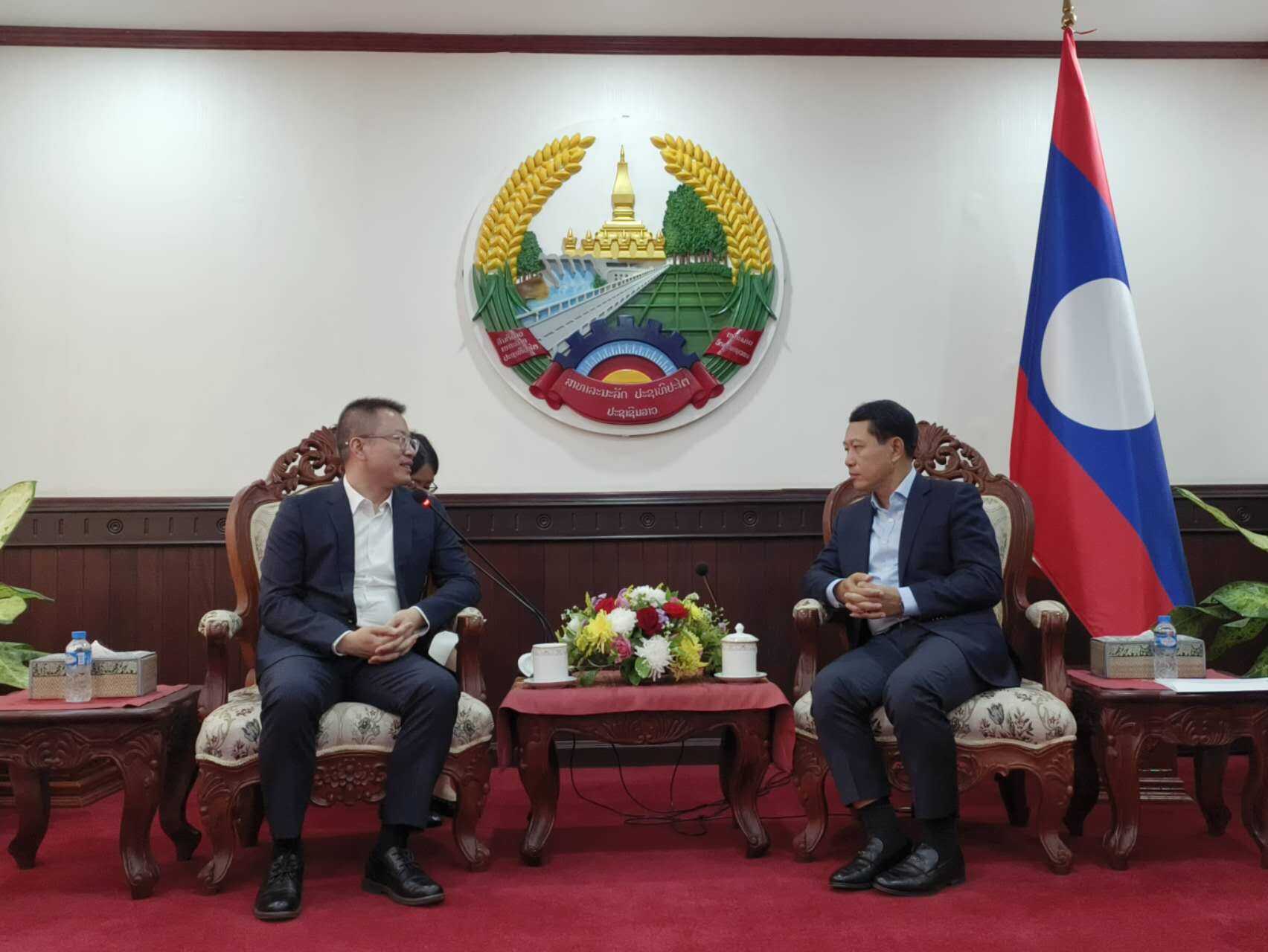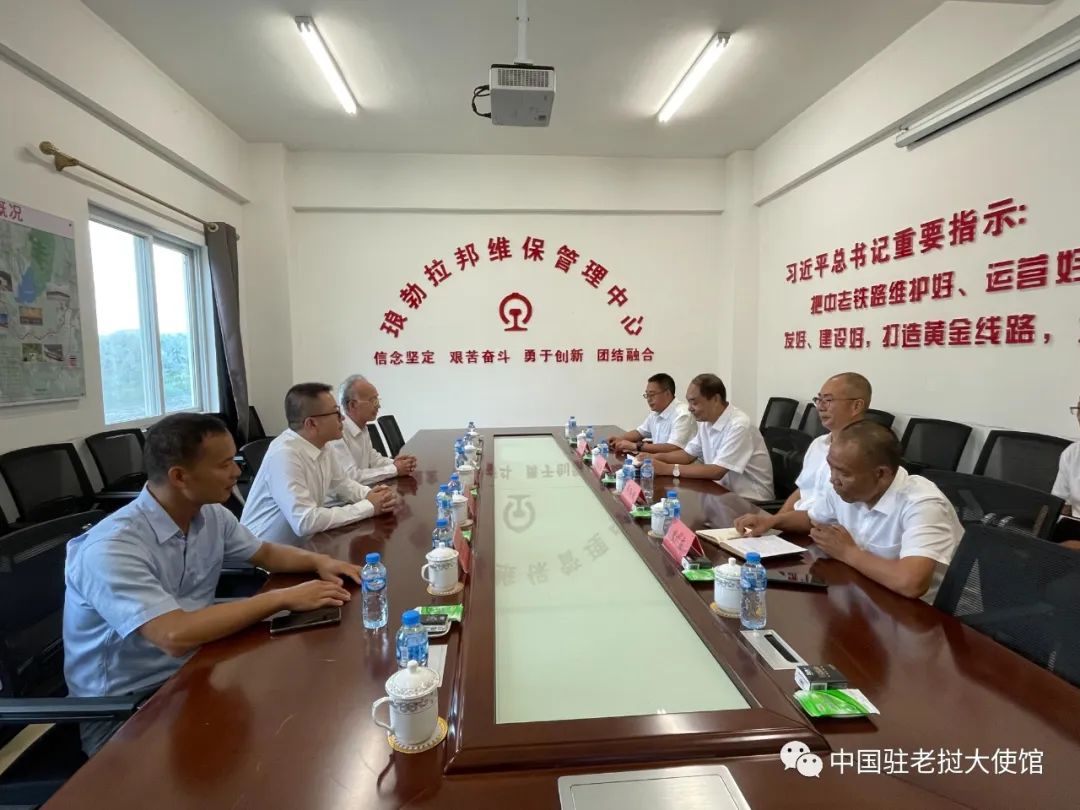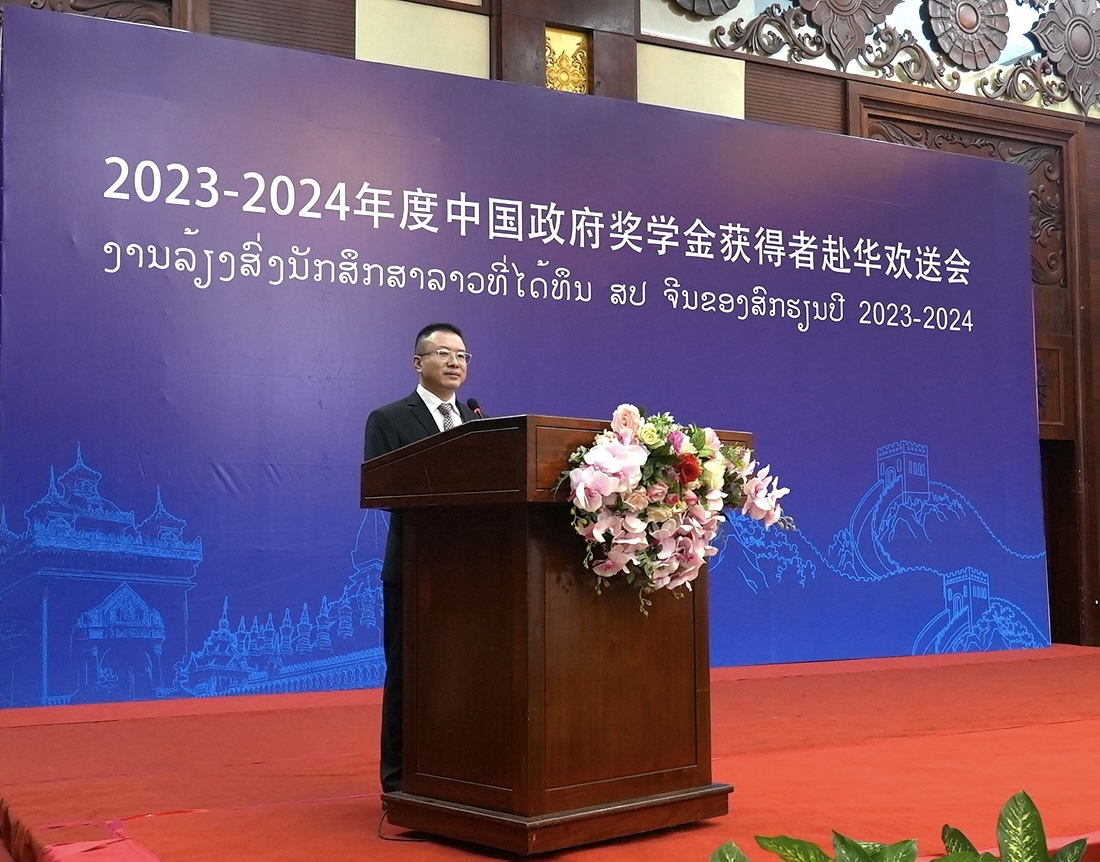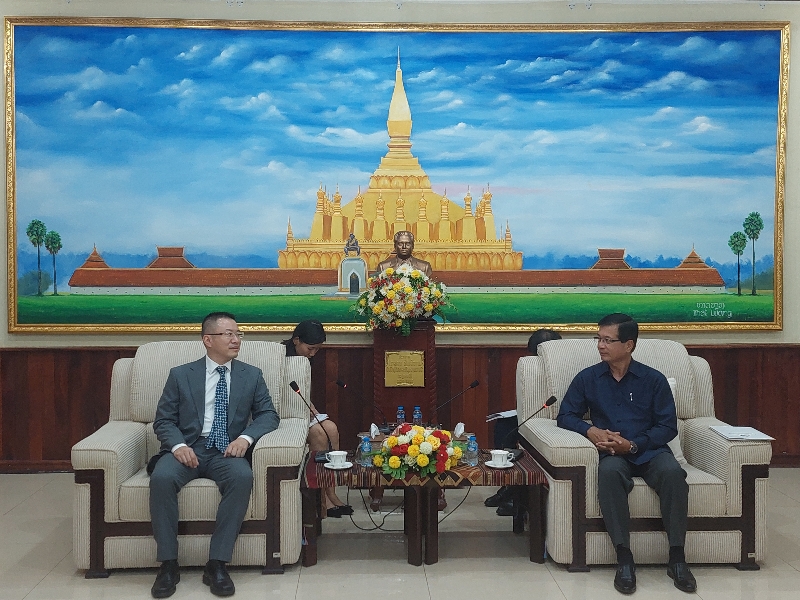通向世界的新时代和平之路
Belt and Road Initiative:
A Road of Peace for the New Era
When the world is in great turbulence and transformation, with greater deficits in governance, trust, development and peace, where should humanity go? There are important choices to be made. Do we choose cooperation or isolation, solidarity or division, going forward together or in our separate ways? The answer provided by the BRI is to uphold multilateralism and build a community with a shared future for mankind, so as to address global challenges and maintain lasting peace together.
Peace requires mutual respect. The BRI was proposed by China and is shared by the world. It is not a soliloquy by China but a chorus of all partner countries, featuring extensive consultation and joint contribution for shared benefit. In pursuing this initiative, China never interferes in other countries’ internal affairs, and it never exports its social system or development model or imposes them on other countries; China does not play geopolitical games, but creates a new model of win-win cooperation; and China wants no small blocs but a big family where all countries coexist in harmony. As Dr. Mahathir Mohamad, Malaysia’s former prime minister, puts it, there is equality among all countries participating in the BRI despite their varied sizes and wealth. He describes the BRI as being different from that promoted by other advanced countries in the past, in which small countries “did not have a say”, and believes the BRI “will benefit all participating countries”.
Peace brings win-win results. The BRI aims to build more partnerships and make the pie bigger, and it opposes creating small clubs or seeking selfish interests. Over the past decade, synergy has been fostered between the BRI and the U.N. 2030 Agenda for Sustainable Development, the Eurasian Economic Union, the African Union’s Agenda 2063, the Master Plan on ASEAN Connectivity, as well as other international and regional development strategies. In May this year, the China-Central Asia Summit was successfully held to further synergize the BRI with the development strategies of the five Central Asian countries. Greater economic integration and deeper cooperation will inject new vigor into global peace and stability.
Peace enables development. Embodied in the BRI is the vision of open, integrated and mutually beneficial cooperation, which is demonstrated by numerous examples. The Smederevo Steel Plant in Serbia brims with renewed vigor; the Piraeus port in Greece is among the top ports in the Mediterranean in terms of throughput; cataract patients in Uzbekistan are provided with opportunities to regain their sight; and villagers living in arid areas in Senegal now have better access to safe drinking water. Such development dividends cannot be achieved without a peaceful and stable environment. And thus, the pursuit of peace and development has gained stronger public support.
More than 2,100 years ago, Zhang Qian, a royal emissary of China’s Han Dynasty, traveled westward and opened an overland route linking the East and the West. In the early 15th century, Zheng He, a famous navigator in the Ming Dynasty, made seven voyages to the Western Seas, a feat that is still remembered today. These pioneers won their place in history not as conquerors with warships, guns or swords. Rather, they are remembered as friendly emissaries leading camel caravans and sailing treasure-laden ships. Thousands of years on, China continues to follow the path of peaceful development, strive to build the Belt and Road into a road of peace, and march hand-in-hand with other countries toward security and development for all.
